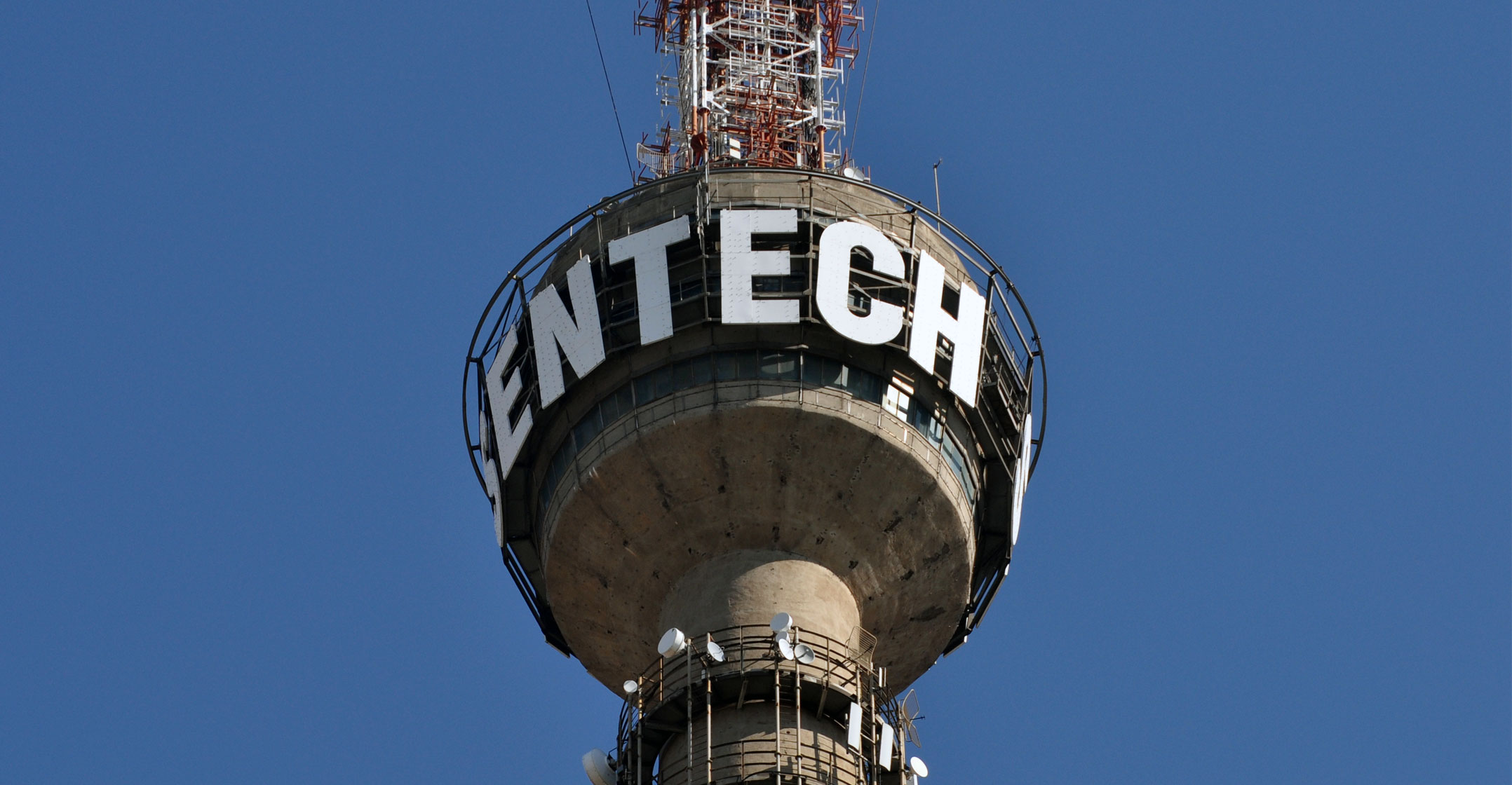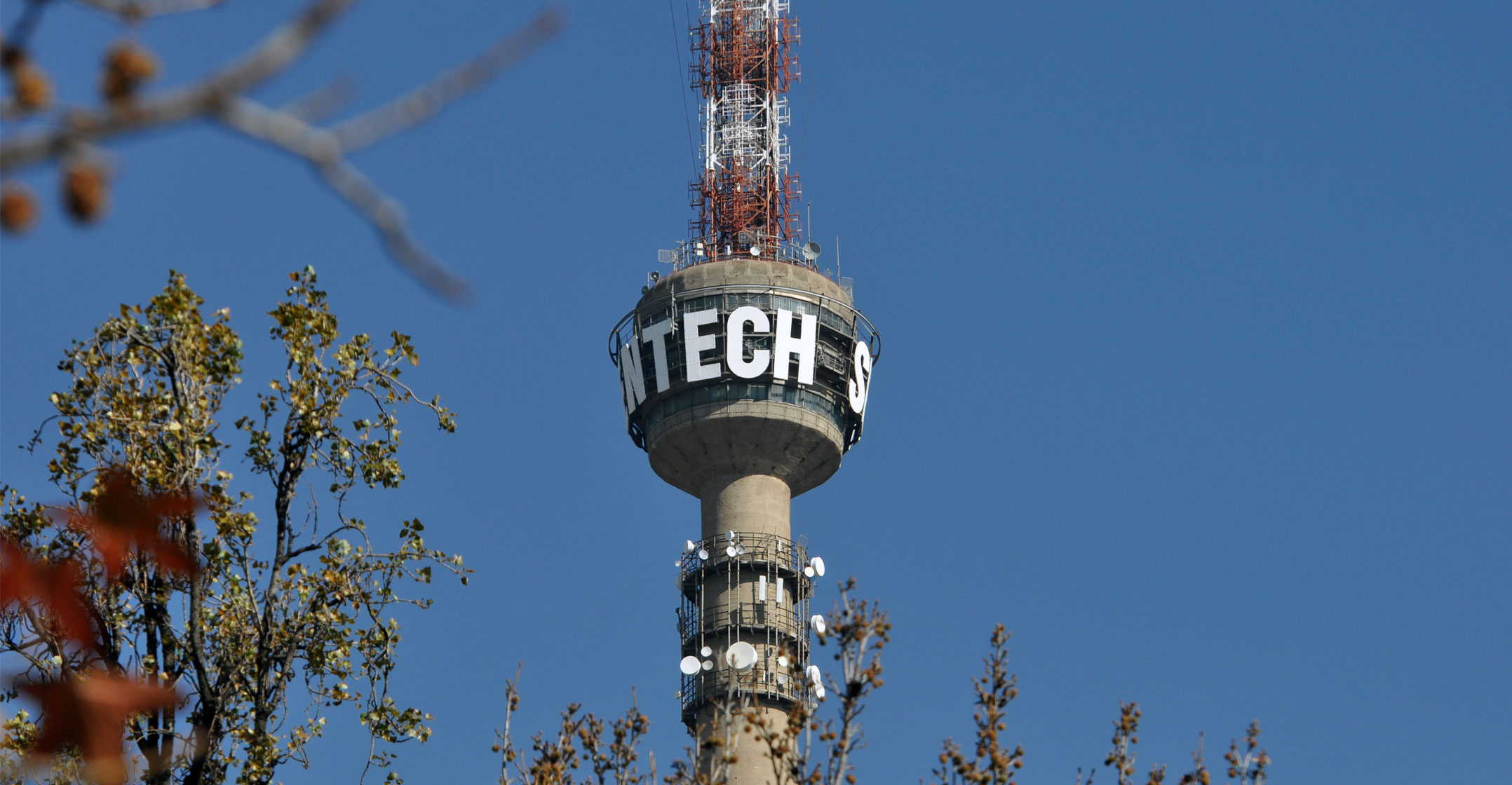 The SABC has told the parliamentary portfolio committee on communications that it simply cannot afford to pay Sentech’s “prohibitive” fees for broadcast signal distribution and that these fees must be cut in half, or by R500-million, with immediate effect.
The SABC has told the parliamentary portfolio committee on communications that it simply cannot afford to pay Sentech’s “prohibitive” fees for broadcast signal distribution and that these fees must be cut in half, or by R500-million, with immediate effect.
It has also said it would rather ditch digital terrestrial television (DTT) in favour of direct-to-home (DTH) satellite in areas where the cost of terrestrial signal distribution outweighs the benefits. A marked shift away from DTT – which has never officially been commercially launched in South Africa – to DTH satellite also makes sense, the SABC said.
The financially constrained public broadcaster’s chief operating officer, Ian Plaatjes, told the portfolio committee that although the SABC supports government-to-government business – Sentech is a state-owned enterprise – the signal distributor’s pricing cannot be massively out of kilter with private-sector alternatives.
By raising its concerns publicly, the SABC has set the stage for a showdown with Sentech, one that may have to be resolved politically by communications minister Stella Ndabeni-Abrahams. The SABC is by far Sentech’s biggest customer.
Plaatjes said the SABC’s fees to Sentech are its second largest cost after salaries. He said the biggest cost for a public broadcaster should be content, followed by salaries and then only signal distribution.
In the past five years, the SABC has spent more than R3.2-billion with Sentech, with these fees described by Plaatjes as “prohibitive”. If it continues paying these fees as this level, the SABC “will not be sustainable” as a business. Sentech’s costs have continued to escalate annually, despite “technology improvements decreasing the cost of distribution”, he added.
Cost savings
He also decried South Africa’s broadcasting digital migration policies and regulations, saying the policy requirement that 84% of South Africa’s digital broadcasting network be in the form of DTT (rather than DTH satellite) makes no sense. The figure should probably be closer to 60%, he said, which would lead to annual savings of about R187-million. If the SABC moved entirely to DTH, the savings would grow to R387-million, though Plaatjes admitted a 100% DTH network isn’t entirely feasible.
“If we went to a private, third-party supplier outside of Sentech, we’d make a 94% saving, paying only R25-million/year. That’s about R400-million we could utilise for content. We do not have a strategy to use third-party service providers outside of Sentech – just yet. We promote government-to-government business, but the price has to be right. It can’t be 100 times the price our competitors are paying.”
 The cost of signal distribution is particularly onerous in the more remote parts of South Africa. In Makhanda (Grahamstown), for example, Plaatjes said the cost of signal distribution is a shocking R335.68/viewer for analogue – that’s more than the SABC’s annual licence fee. On DTT, that figure would fall to R150, or on DTH would be just R1.60, he said. A third-party provider for DTH would be just 80c/viewer. In Johannesburg, analogue distribution is currently R1.30/viewer. DTT would be 70c/viewer, against R1.60 for Sentech DTH and 80c for a third-party DTH service.
The cost of signal distribution is particularly onerous in the more remote parts of South Africa. In Makhanda (Grahamstown), for example, Plaatjes said the cost of signal distribution is a shocking R335.68/viewer for analogue – that’s more than the SABC’s annual licence fee. On DTT, that figure would fall to R150, or on DTH would be just R1.60, he said. A third-party provider for DTH would be just 80c/viewer. In Johannesburg, analogue distribution is currently R1.30/viewer. DTT would be 70c/viewer, against R1.60 for Sentech DTH and 80c for a third-party DTH service.
Even though DTT would be the cheapest option in Johannesburg, Plaatjes said that “the whole world is moving off DTT” and if the SABC is to survive, “we must certainly do the same”.
He said the SABC needs to work with Sentech and communications regulator Icasa to develop a strategy around DTT and DTH coverage for the country that makes financial and technological sense. In addition, the SABC “must be exempted from the unsustainable and uncompetitive DTT policies and regulations while the policy is being revised”.
Sentech responds
Sentech CEO Mlamli Booi said the company will engage with the SABC around the “issues that are paining them”.
“Those issues can’t be sorted out in the public domain of the media. We want to acknowledge what they have said and we have to take it on ourselves to deal with” the situation. “We have had conversations and continue to have conversations with the SABC to assist them where we can.”
Booi said the SABC is by far South Africa’s largest terrestrial broadcaster and it is Sentech’s “responsibility to support their content distribution, and we are very keen to continue doing that”.
He said Sentech has rolled out DTT infrastructure across South Africa in line with the requirements of the broadcasting digital migration policy. “We are hearing them (the SABC) on their desire to reduce their DTT coverage and they have indicated that today, publicly. Our position is we would want to engage further with them on what does it mean and how do they get there. What are the implications for them and for their mandate, and for us and our mandate? They are our customer so the details I cannot discuss publicly.” — © 2020 NewsCentral Media




